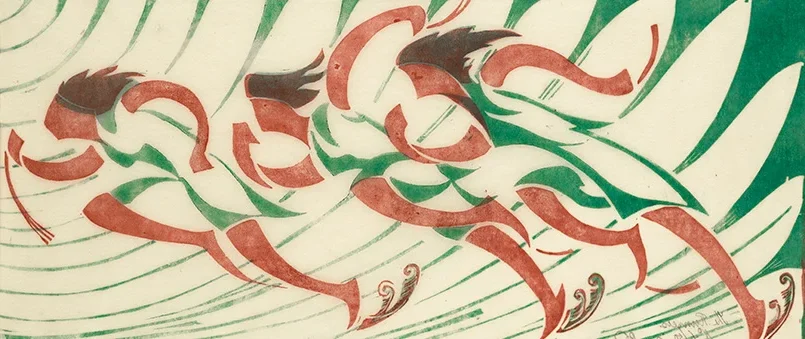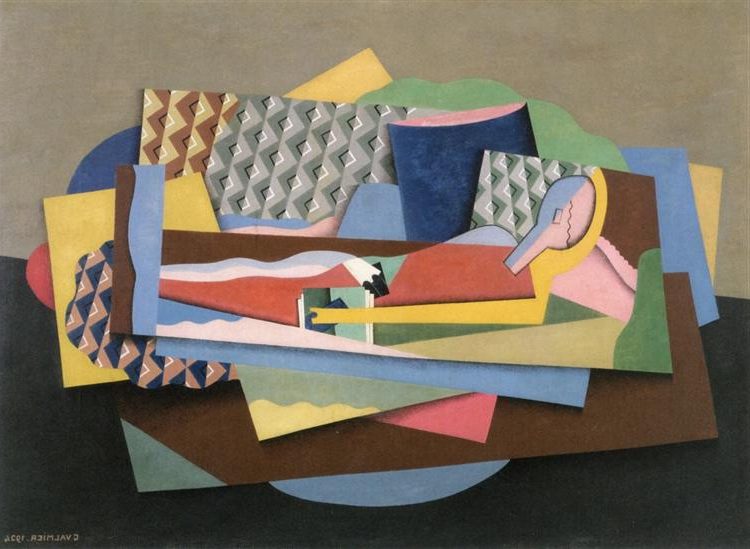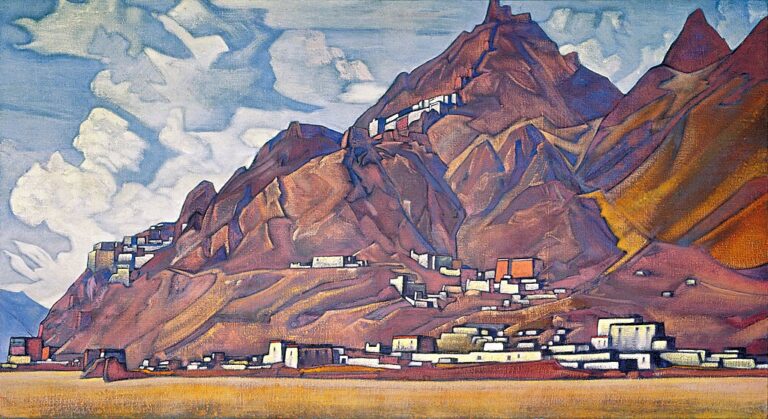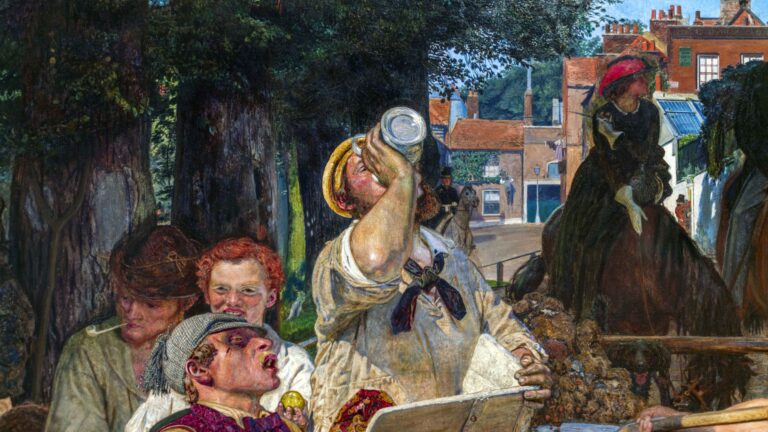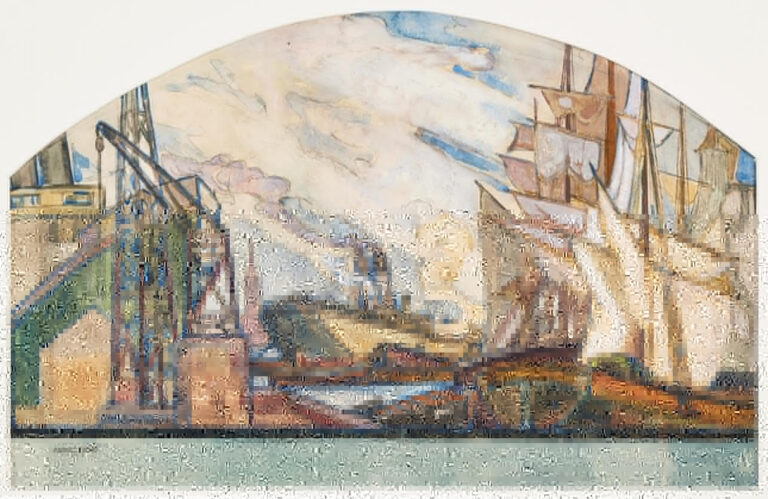Cyril Power: Painter of Dynamic Urban Scenes in 19th Century Britain
Born: 17 December 1872, Chelsea, England
Death: 25 May 1951, London, England
Art Movement: Modernism
Nationality: British
Institution: Heatherly’s School of Fine Art
Cyril Power: Painter of Dynamic Urban Scenes in 20th Century Britain
Cyril Power: Life and Legacy
Cyril Power was a talented English artist and architect in the early 20th century. His unique style and contributions shaped modern printmaking and art education.
Biographical Overview
Cyril Edward Power was born on December 17, 1872 in Chelsea, London. His father encouraged him to draw from a young age. This sparked Power’s passion for art.

Skaters (c. 1932) by Cyril Power
He first studied architecture. In 1900, he won the Sloane Medallion from the Royal Institute of British Architects for his art school design.
Power later shifted his focus to printmaking. In 1925, he helped start the Grosvenor School of Modern Art in London. There, he taught and created art with his longtime partner Sybil Andrews.
He died on May 25, 1951 in London at age 78.
Artistic Influence and Style
Power became known for his linocut prints. These showed movement and energy through bold shapes and colors.
His art often featured modern city scenes and transport. He liked to show the speed of urban life. Some of his famous works include “The Tube Station” and “Whence & Whither?”
Power’s style mixed elements of Futurism and Art Deco. He used strong lines and repeating patterns to create a sense of motion.
His work inspired many other artists. It helped shape the Grosvenor School style of printmaking. Today, Power’s prints are in major museums around the world.
Key Works and Exhibitions
Cyril Power created many notable paintings and linocuts during his career. His art can be found in major museums and private collections around the world.
Notable Paintings
Power’s most famous works include “The Tube Station” from 1932. This linocut shows people on a London Underground platform. It uses bold shapes and colors to capture the energy of city life.
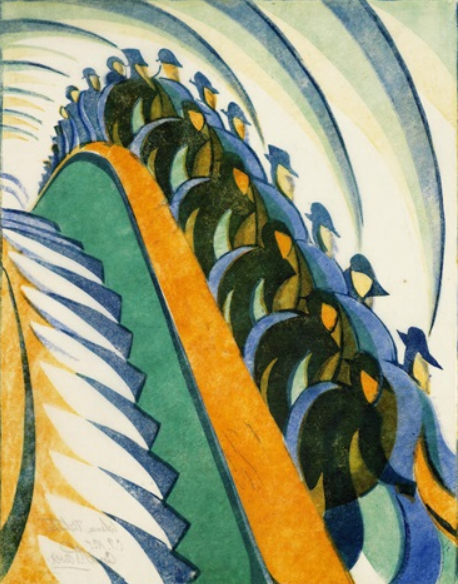

“The Eight” from 1930 is another well-known Power piece. It shows rowers in a racing shell, with curved lines giving a sense of movement.
“Whence & Whither?” from 1930 depicts people on an escalator. The repeated patterns create an almost dizzying effect.
Power often focused on scenes of modern life and technology in his art. His style blended elements of Futurism and Art Deco.
Public and Private Collections
The British Museum in London has a large collection of Power’s linocuts. They include “The Tube Station” and “The Eight.”

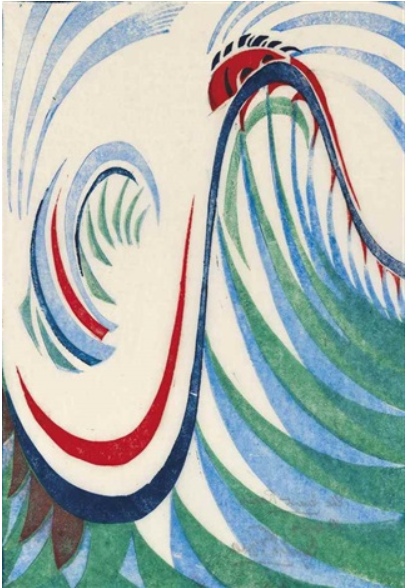
Tate Britain also owns several Power works. These can sometimes be seen in their rotating displays of British art.
The Metropolitan Museum of Art in New York has Power pieces in its collection. This includes his 1930 linocut “Speed Trial.”
Power’s art is popular with private collectors too. His works appear at major auction houses like Christie’s and Sotheby’s. Prices for his linocuts have risen in recent years as interest in his work has grown.
Techniques and Artistic Contributions
Cyril Power made significant advances in printmaking and color use. His work showed a keen eye for composition and movement.
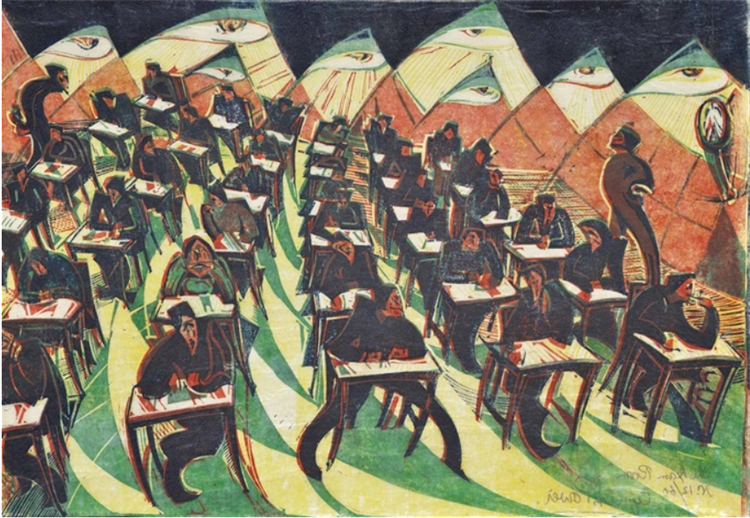
The Exam Room by Cyril Power
Printmaking Innovations
Power was a master of linocut prints. He used this method to create bold, dynamic images. His prints often showed scenes of modern life and motion.
Power developed new ways to use linocut. He made prints with multiple blocks to add depth and color. This technique allowed him to create complex, layered images.
He also experimented with different cutting tools. This gave his prints unique textures and lines. Power’s prints stood out for their energy and visual impact.
Color and Composition
Power used color to bring his prints to life. He often chose bright, bold hues. These colors helped convey the speed and energy of his subjects.
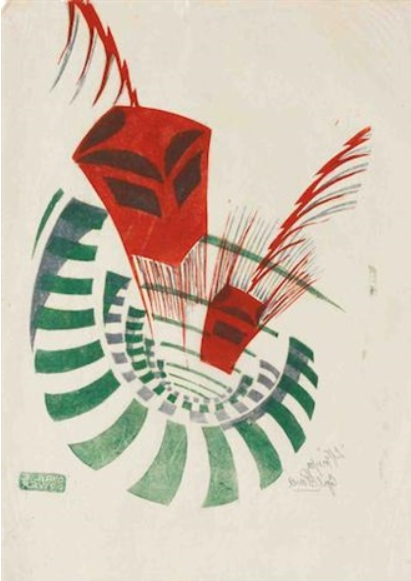
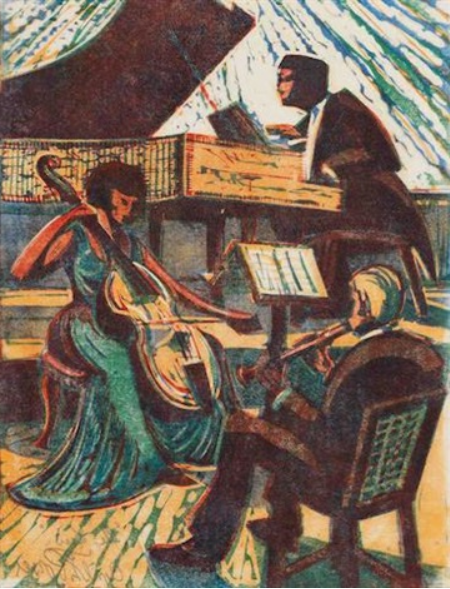
His compositions were carefully planned. Power used angles and curves to guide the viewer’s eye. He often placed figures in dynamic poses to show movement.
Power’s work balanced color and form. He used contrasts in shade and shape to create depth. His prints often had a strong sense of rhythm and flow.
Frequently Asked Questions
Cyril Power created many notable artworks during his career. His pieces often featured dynamic subjects and bold designs.
What themes are commonly depicted in Cyril Power’s artworks?
Power often depicted scenes of modern life and movement. He focused on subjects like sports, transportation, and urban scenes. His linocuts showed people in action, capturing energy and motion.
Which museums or galleries feature Cyril Power’s work?
The Museum of Modern Art (MoMA) in New York has some of Power’s pieces. The British Museum and Victoria and Albert Museum in London also display his work. Many private galleries in the UK feature Power’s prints and paintings.
How has Cyril Power’s style evolved throughout his career?
Power began as an architect but later focused on printmaking. In the 1920s, he developed his signature linocut style. His early work was more traditional. Later pieces became more abstract and focused on capturing movement.
Can you name some of Cyril Power’s most celebrated pieces?
“The Tube Station” is one of Power’s best-known works. It shows people on a London Underground escalator. “Whence & Whither?” depicts runners in motion. “The Eight” features rowers on the Thames River.
What is the historical significance of Cyril Power’s contributions to art?
Power helped advance the linocut technique in the 1920s and 1930s. He was part of the Grosvenor School, which promoted modernist printmaking. His work influenced later artists and helped establish linocuts as a respected art form.
How do Cyril Power’s linocuts compare to his other forms of artwork?
Power’s linocuts are his most famous works. They show strong use of color and dynamic compositions. His paintings and drawings are less well-known. The linocuts have a bolder, more graphic style compared to his other art forms.

